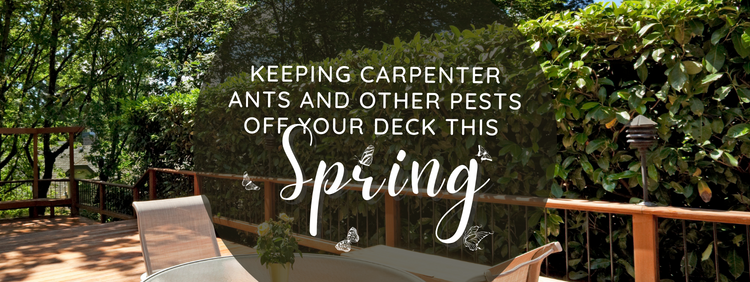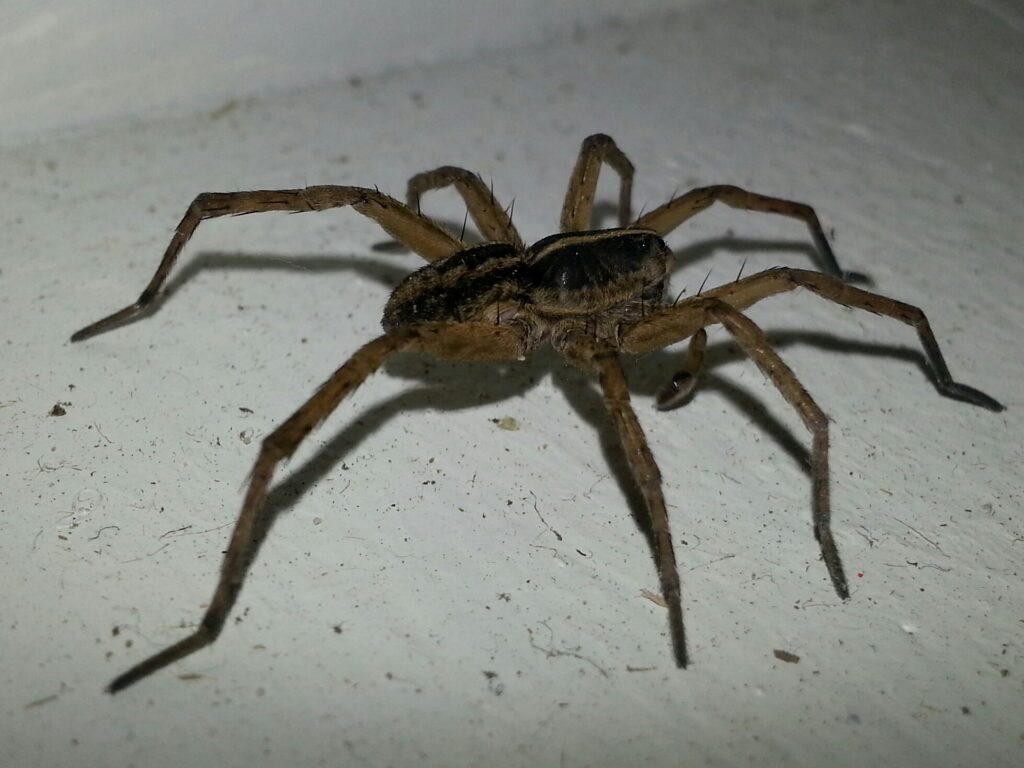 Decks are incredible spaces for entertaining or just enjoying the weekend, but they're vulnerable to a variety of critters. Mice, carpenter bees and carpenter ants can all wreak havoc on wooden structures before you even know they're there. Fortunately, learning about these pests can help you recognize their presence. According to carpenter ant pest control experts, here's everything homeowners should know about what attracts animals to decks.
Decks are incredible spaces for entertaining or just enjoying the weekend, but they're vulnerable to a variety of critters. Mice, carpenter bees and carpenter ants can all wreak havoc on wooden structures before you even know they're there. Fortunately, learning about these pests can help you recognize their presence. According to carpenter ant pest control experts, here's everything homeowners should know about what attracts animals to decks.
Rats and Mice
Mice and rats see decks as potential nesting spots since they're out of the weather and close to your home. For rodents, human residences are a goldmine of food, an essential factor for expectant mothers who won't leave their young for long periods of time. Of course, your house isn't the only feature that benefits wild animals — your yard may be what attracts rodents in the first place. Rats and mice are primarily concerned with survival, which means three things:- Safety
- Food
- Water
Carpenter Bees
Did you know that not all bees make honey? Unlike their beloved cousins, carpenter bees don't produce honey or even make traditional hives. Instead, they drill into wood, creating tunnels for egg-laying. This internal damage undermines the wood's integrity and makes it vulnerable to other issues, such as rot. The good news is that carpenter bees don't live in colonies, so you don't have to worry about thousands of bees making their home in your deck. However, this species revisits old holes, so unaddressed infestations can cause serious damage. Fortunately, homeowners can prevent a carpenter bee infestation with a few simple measures:- Treat wood with finish, stains or paint
- Don't plant flowers near your deck
- Utilizing repellents such as citrus or almond oil
Carpenter Ants
There's a misconception that carpenter ants eat wood. Rather than consuming wood, these ants chew through it to form tunnels. Their actual food sources are very similar to other ant species:- Garbage and spills, especially sugary items such as jelly
- Pet food
- Meat
- Insect honeydew
- Mildewy smell
- Mould
- Discolouration
- Warping

